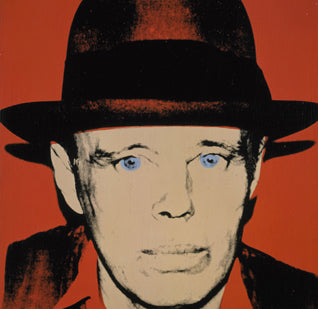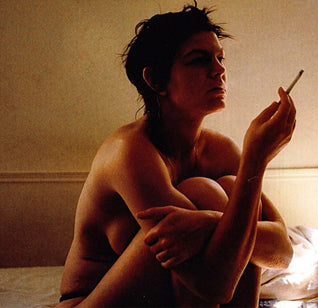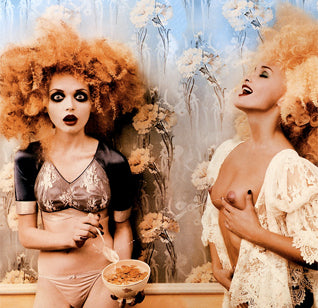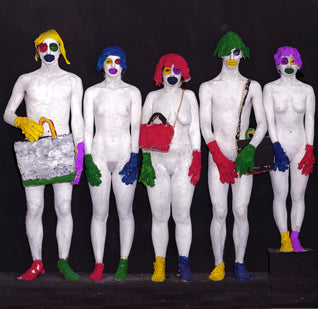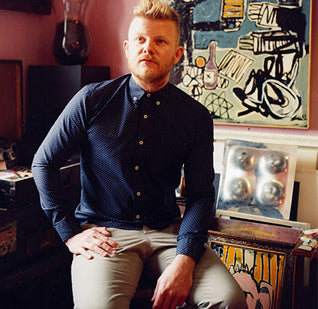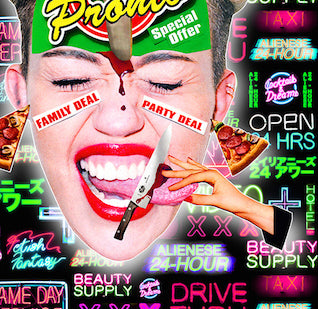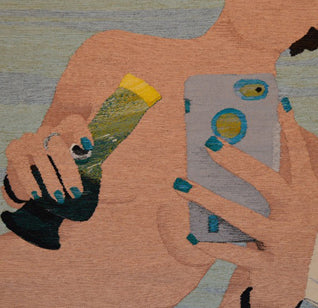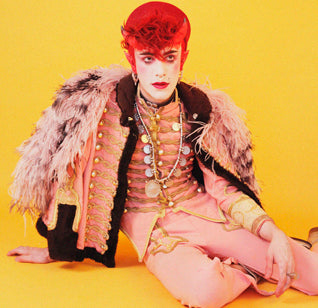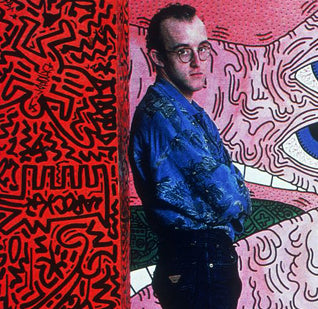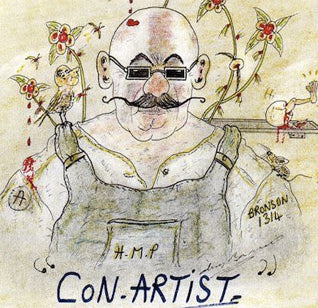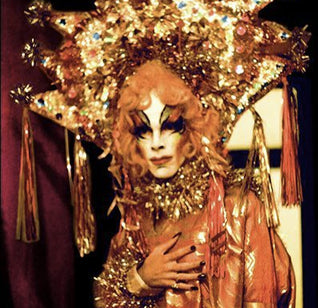THE ZINE SCENE IS BACK
Self-Publishing is Having a Moment and It’s Redefining Youth and Self Expression
by Leah Sinclair
Self publishing is having a bit of revival these days, thanks to the zine. OOMK, Girls Get Busy, Dispora Drama, Cherry – these are just a few zines currently circulating in the recently resurged zine world, creating a safe place to explore and express opinions on todays youth. While zines were once a catalyst for the riot grrrl movements of the 90s, today they are tackling issues within our current climate, and redefining our youth once again.


Diaspora Drama: the notable zine celebrating creative people of colour in cyber space.
Zines are self published books and magazines which emerged from the 1930s, originally as a way to display a love of science fiction. While they have their roots in the sci-fi world, their popularity surged during the 1960’s, as underground publications like The Underground Press Syndicate spearheaded this movement, and focused on outspoken political commentary which was otherwise ignored in mainstream media. The popularity of zines continued into the punk movement of the 70s with publications like John Holmstrom’s Punk to Sniffin’ Glue, to feminist punk zines of the 90s including Literal Bitch, Conscious Clit and many more. Today, the extensive history of zines continues to inspire a new generation, as millennials and generation X-ers are getting out their printers and best arts and crafts material, creating publications which are fighting for racial and gender equality, political freedom and so much more.

PUNK Magazine: Left: Issue #7 featuring Patti Smith. Right: Issue 1 featuring Lou Reed.

Sniffin’ Glue: the best-known legendary fanzine of Punk was created by Mark Perry.
Zines have often been created out of frustration and a desire to fight against injustice and seems to be the main reason behind its resurgence today. OOMK is one of many zines born out of the underrepresentation of women of colour, and creates a safe place to explore muslim women away from Islamphobia and harmful representations which can be perpetrated by the media. Zine culture is deeply rooted in fighting against different forms of oppression, with others ranging from feminist zines like Girls Get Busy and Illuminati Girl Gang, to zines dedicated to political activism, LGBT and race. These self publications gain traction for their ability to effectively present their views which are at risk more than ever.


Baffalo Zine: a timeless alternative personal dairy of art, fashion and self-expression.
Beyond zines ability to bring out our inner activists, it allows us to reconnect with physical books and publications – something which is often forgotten in our digital age. Zines hawk back to a time before social media, and sees a return to printers, scrapbooking, collaging and creating things which are tangible and collectible. These elements aren’t typically associated with our social media centric lives anymore, and maybe that’s the draw. Its a form of escapism from the online world and has ironically become the escape that the internet was once considered to be. Zines like Andy Rementer’s Love and Hats pride themselves on the detailed imagery and the design of their publications, putting extreme focus to every inch of their zine – from every illustration to the very feel of the each page. You simply can’t get this sensation whilst scrolling through Google on your Macbook.

OOMK: the feminist art zine inspired by girls making and their Muslim faith.
Zinesters from all over the world are celebrating this renaissance through a variety of events, festivals and fairs dedicated to the love of zines far and wide. While the zine may have once been a past time reserved for a select few, today they provide an opportunity to unite groups of people with an interest in specialist zines at festivals including Brooklyn Zine Fest, Grrrl Zine Fair, The Feminist Library Fest, and DIY cultures. These festivals have become a massive success as zine culture continues to flourish, yet they still retain an air of exclusivity which is appealing to zine readers. In an era where everything is mass marketed, zines aren’t meant for mass publishing, mass consumption or distribution. They are special, unique and one of a kind – just like its readers.
While the resurrection of the zine can be credited to many things – an escape from the internet, to commentary on social issues affecting our youth – the key to it’s success is that it remained a place for pure creativity. The purpose of the zine was never to make profit, but a celebration of ones passion for something or someone. Its a place where creativity can be fulfilled and appreciated by those who love it, away from the constant adverts you come across whilst flipping through pages of glossy magazines, or tirelessly making your way through hundreds of comments on online websites. Zines capture a cultural moment in time, and allows us to explore it in depth and all its glory. A form of self publishing which changed the youth of yesterday, and is reshaping the youth of today.








